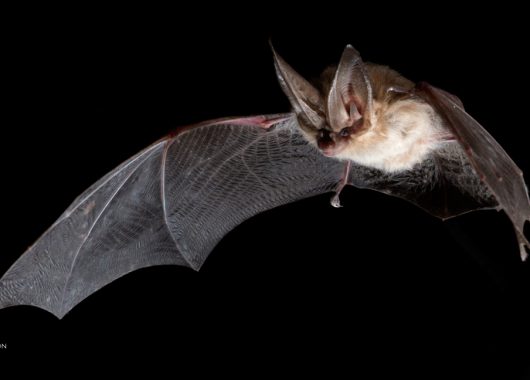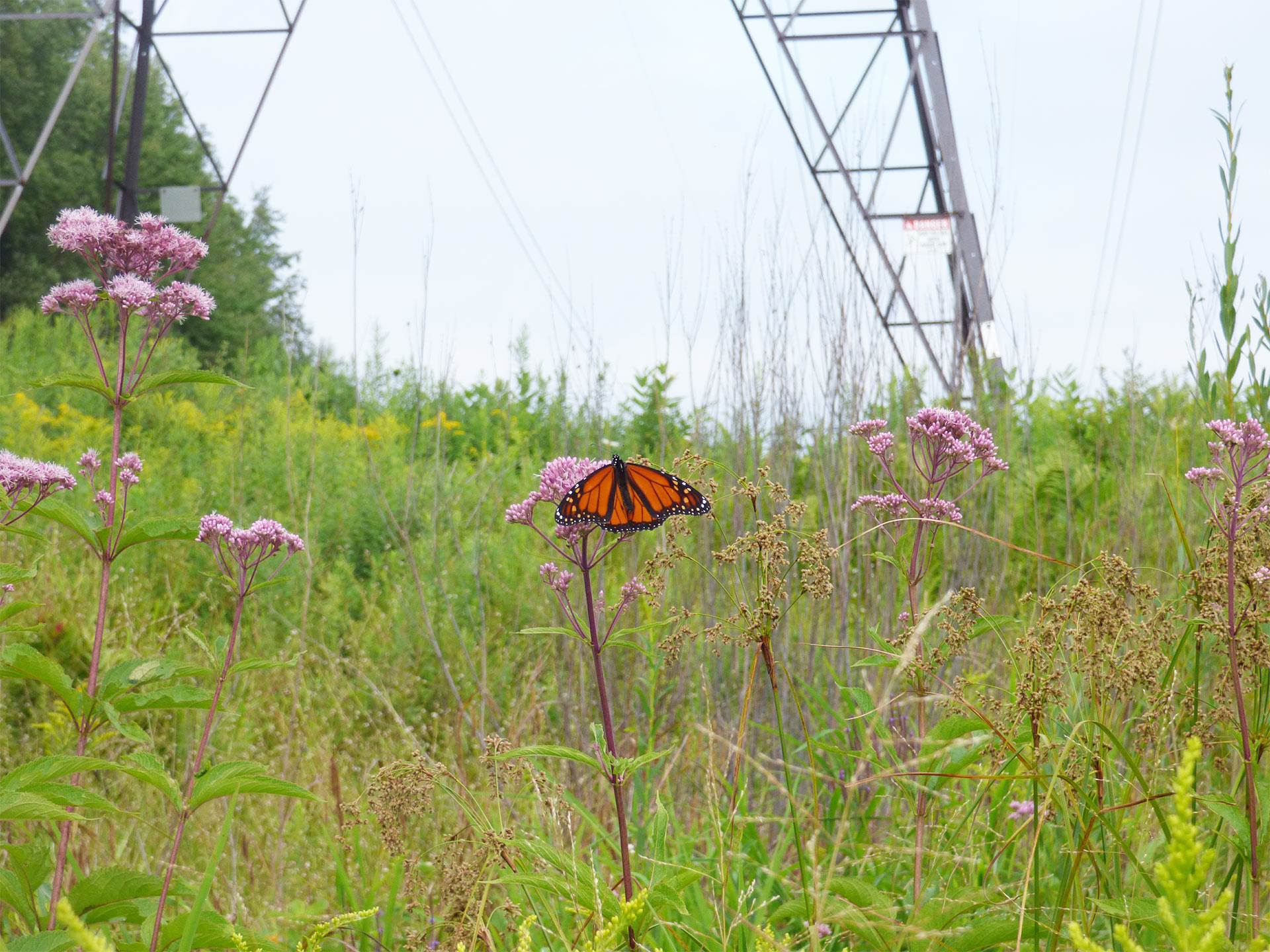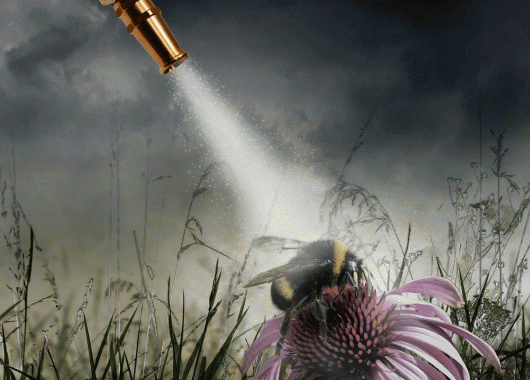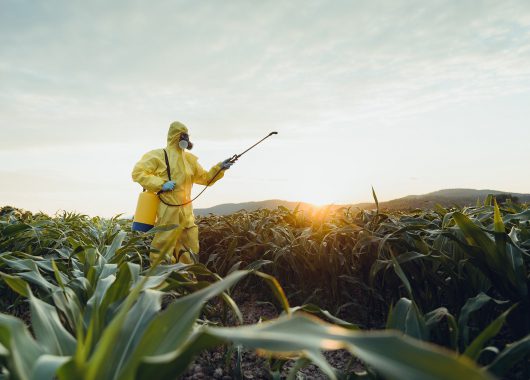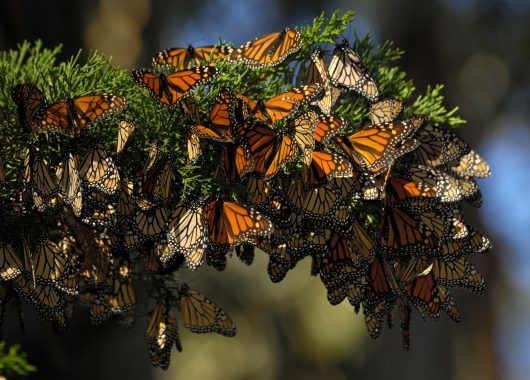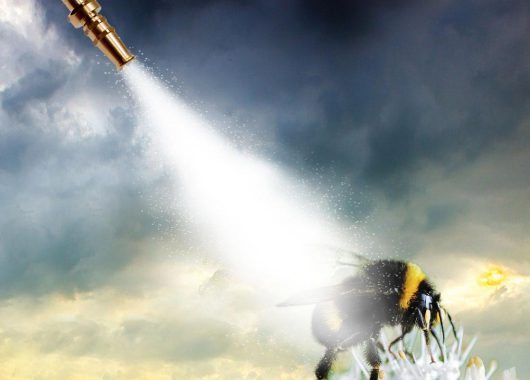Posts by tag
BanWithAPlan
Neonictinoids and Bats: Yet Another Danger for an Already Endangered Species
There are over 1,300 bat species worldwide, 19 of which call Canada home. Canadian bats are incredibly important, not only to the environment but to the economy too. When the…
What is a Pollinator Pathway?
Pollinator habitat is becoming increasingly diminished and fragmented, due in part to the growth of human communities, transportation corridors and industry. Almost 90%. Flowering plants across the globe that are…
- Connecting With Nature
- Education & Leadership
- Endangered Species & Biodiversity
- Forests & Fields
- Gardening
- Species
Pollinator Recovery? A Critical Step When Banning Neonics
Pollinators, such as bees, butterflies, moths and flies, play critical roles in ecosystems and in the production of our food. If you’ve eaten an apple or worn a comfy cotton…
Ixnay On The Nics, Eh?
Is it time for an official Canadian ban on neonicotinoids for their devastating effect on bugs, birds and humans? Most experts say yes. When neonicotinoid insecticides came into wide-spread use…
Devastating Downfall for Western Monarchs: A Harbinger of Things to Come?
All along the California coast in fall and winter, there are places you can visit where colonies of adult Monarch butterflies overwinter. At the ocean’s edge, dozens or even hundreds…
Over 83,000 CWF Supporters Have Joined With Half a Million Canadians Who Want Neonics Gone
Concerned citizens are calling for an immediate ban on bee-killing neonic pesticides in Canada. Ottawa concluded consultations on the latest neonic risk assessments on Tuesday, November 13, 2018. Experts Agree…
- Connecting With Nature
- Education & Leadership
- Endangered Species & Biodiversity
- Forests & Fields
- Gardening
- Lakes & Rivers
- Species
Ban With a Plan: Join us to #BanNeonics
It’s in our wildlife. It’s in our fields. It’s in our food. It’s in our water. And, it’s toxic. “For years now, neonicotinoid (neonic) pesticides have been poisoning our pollinators…

